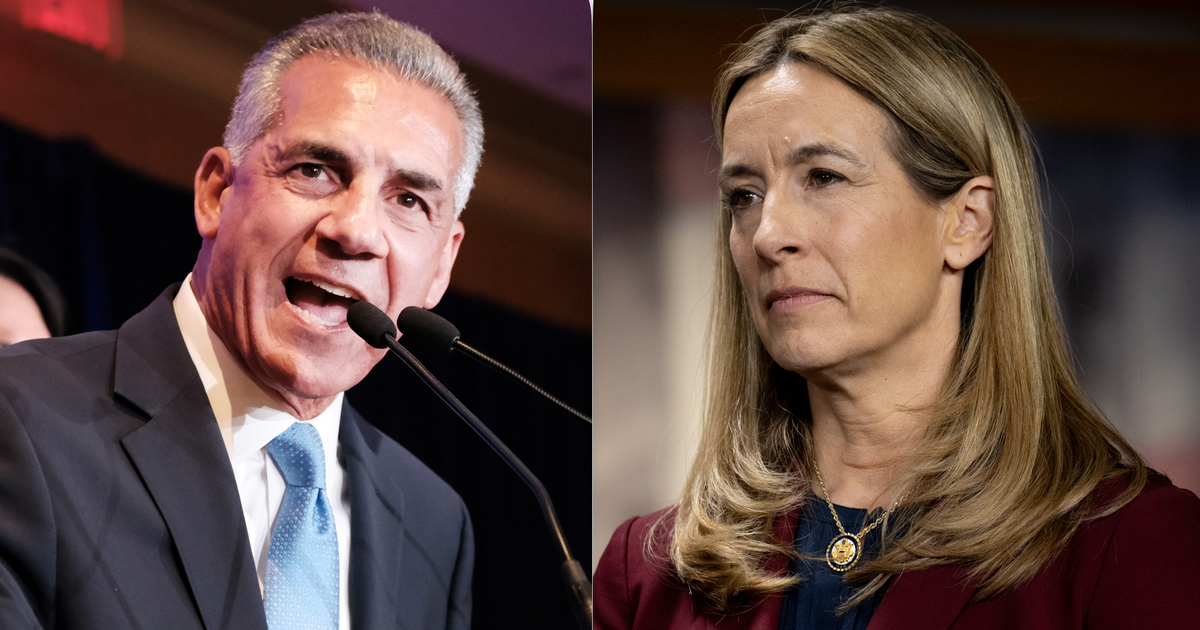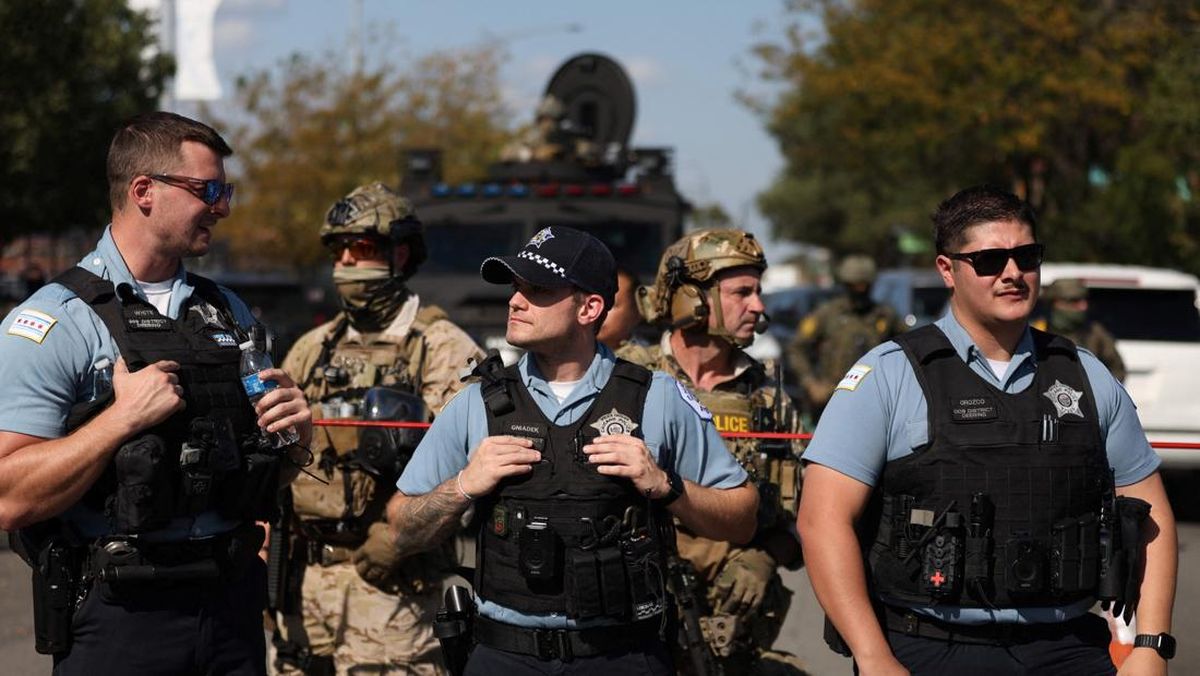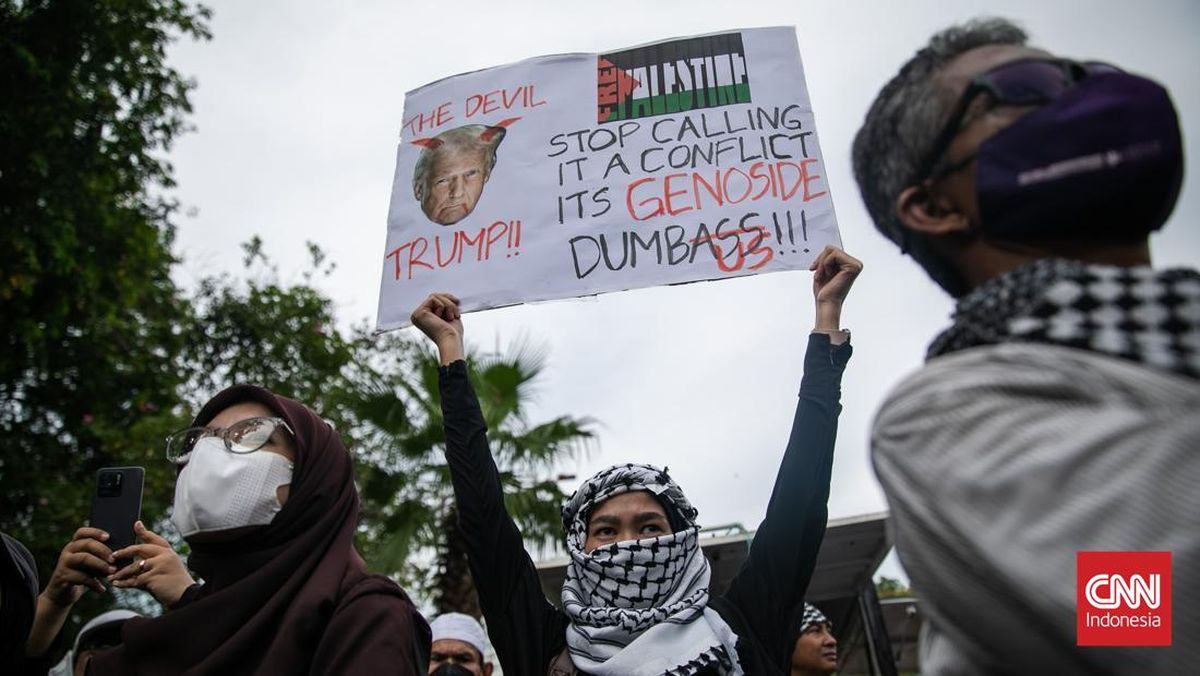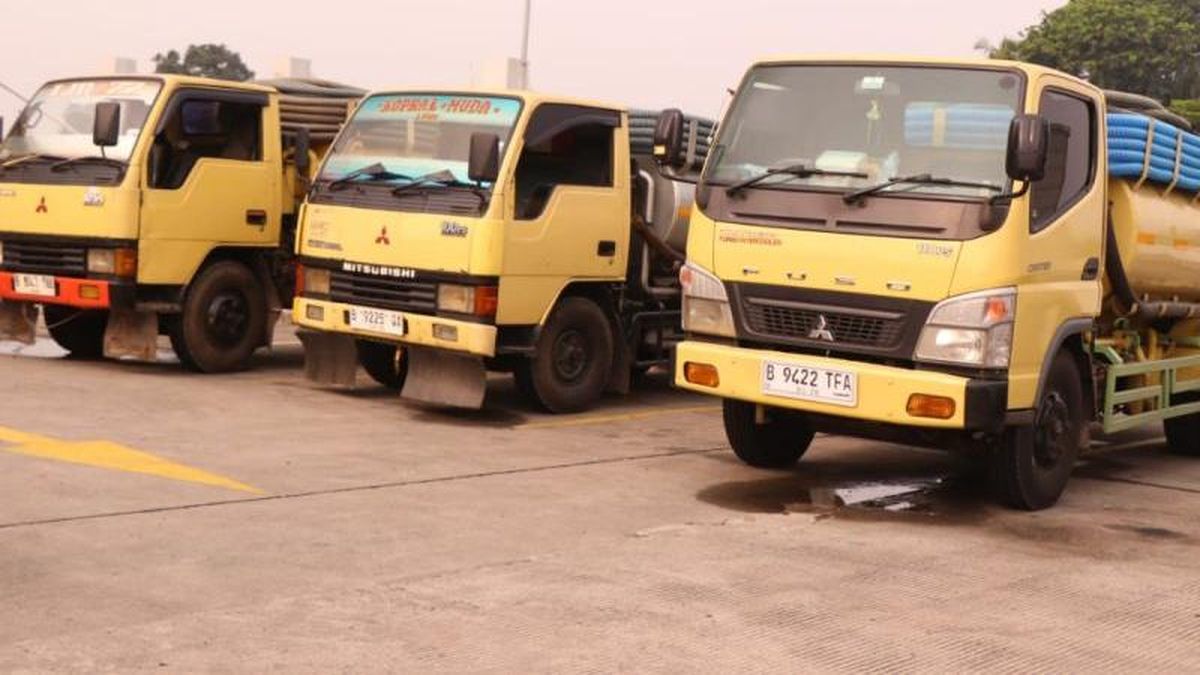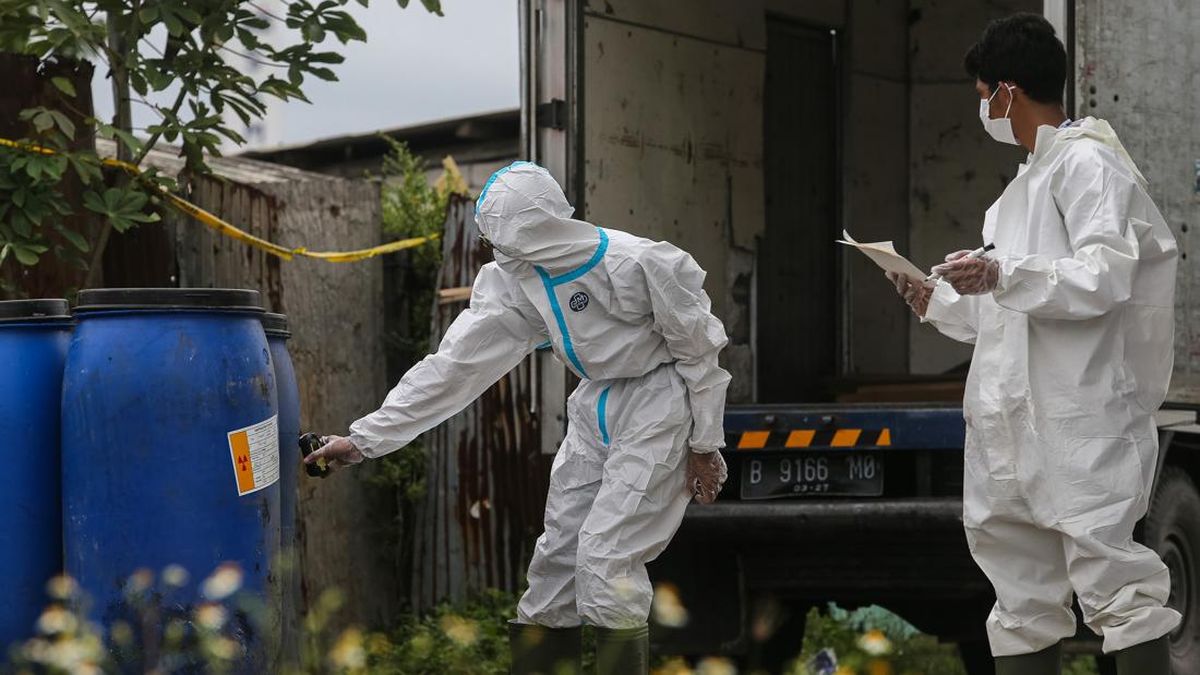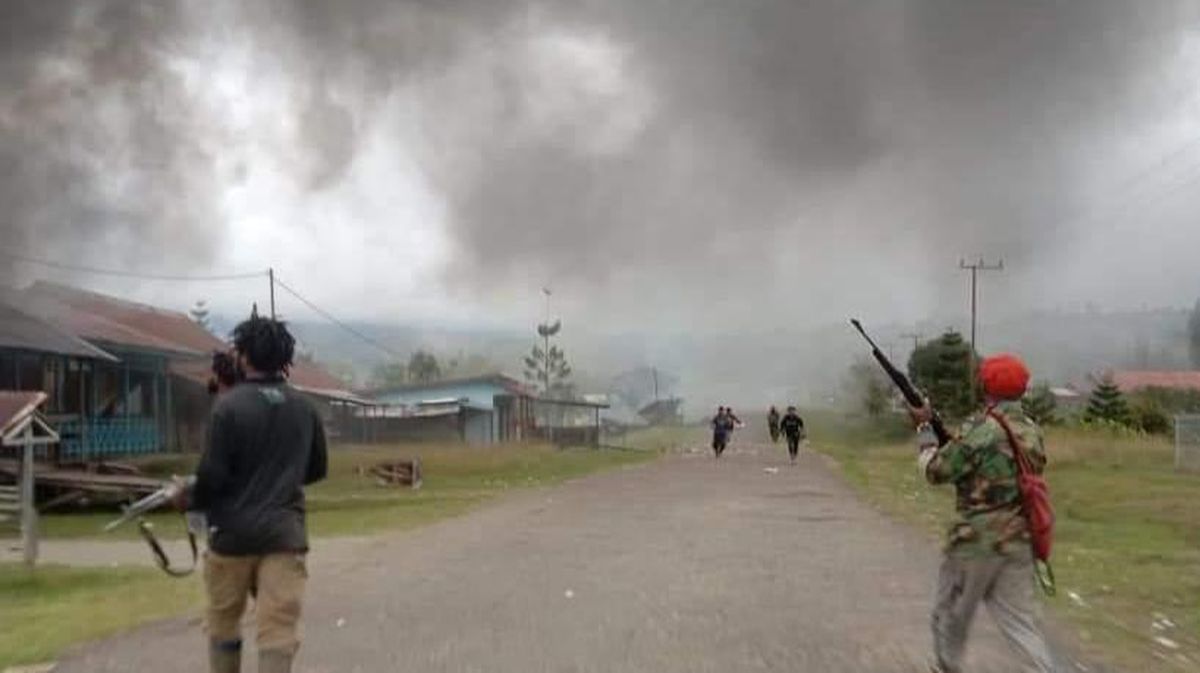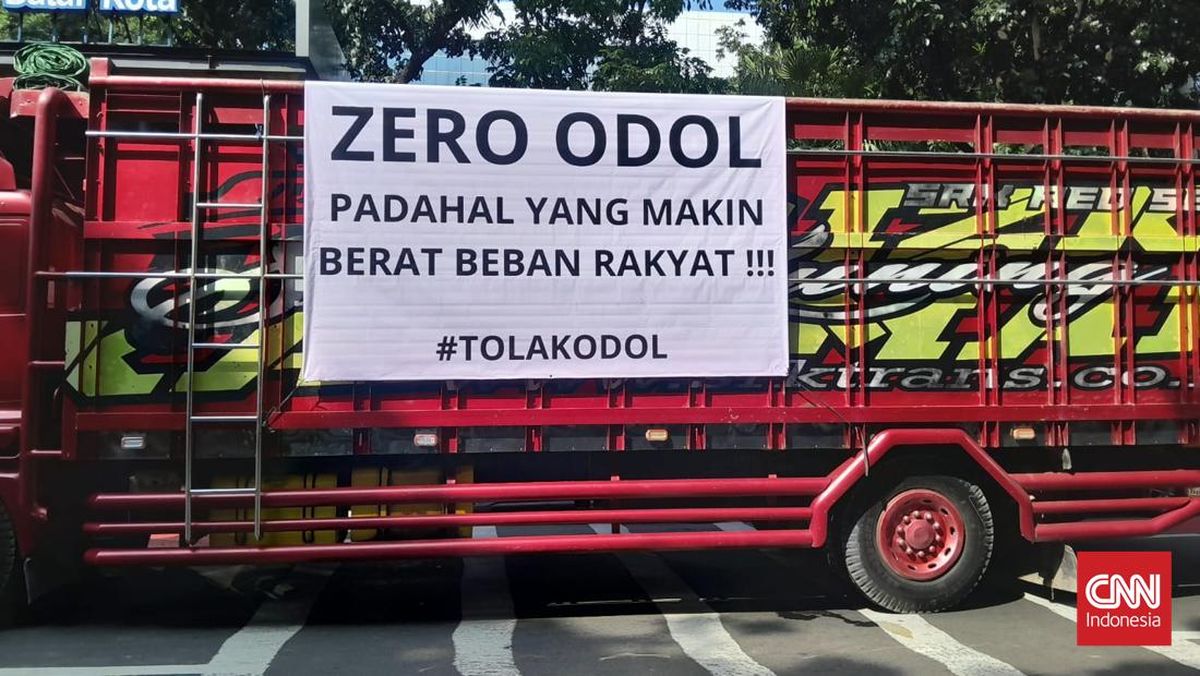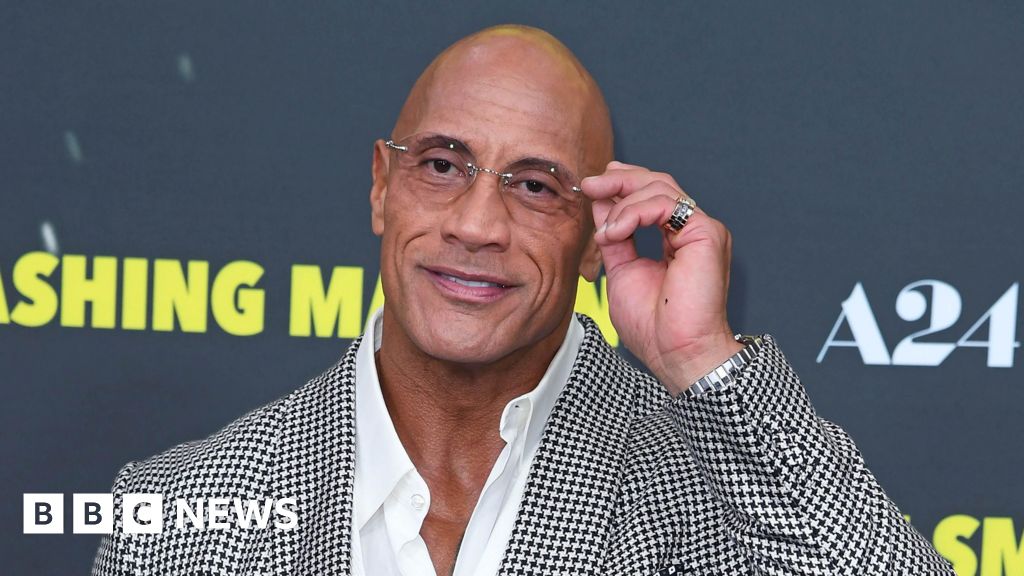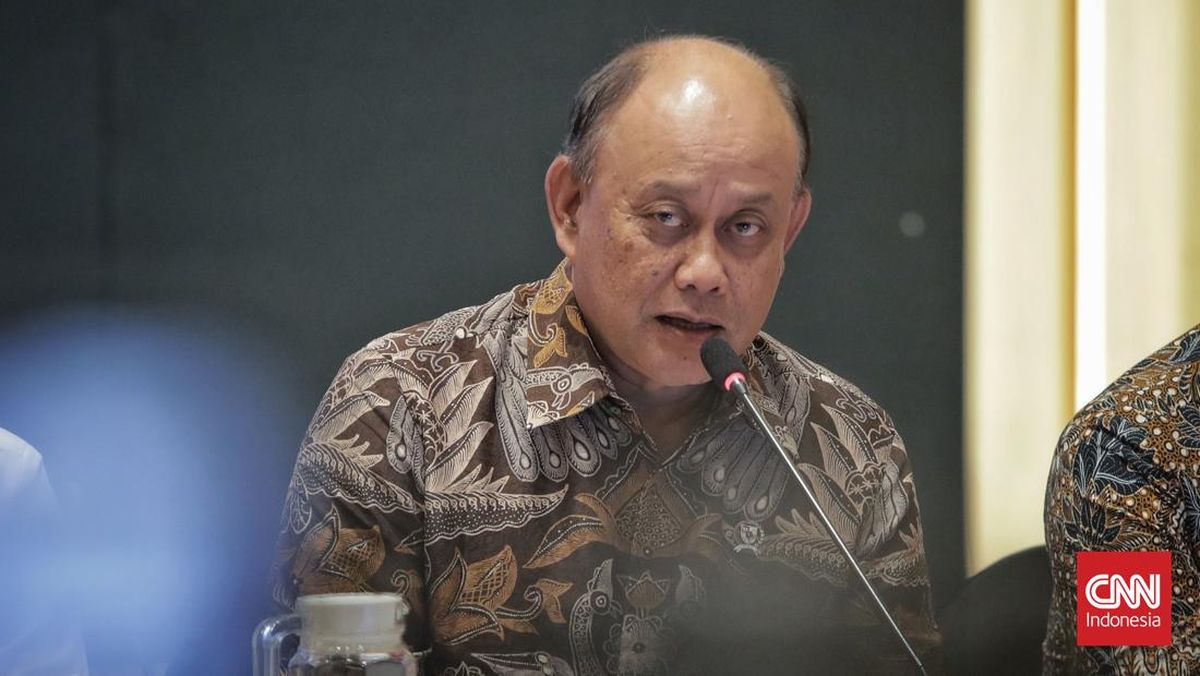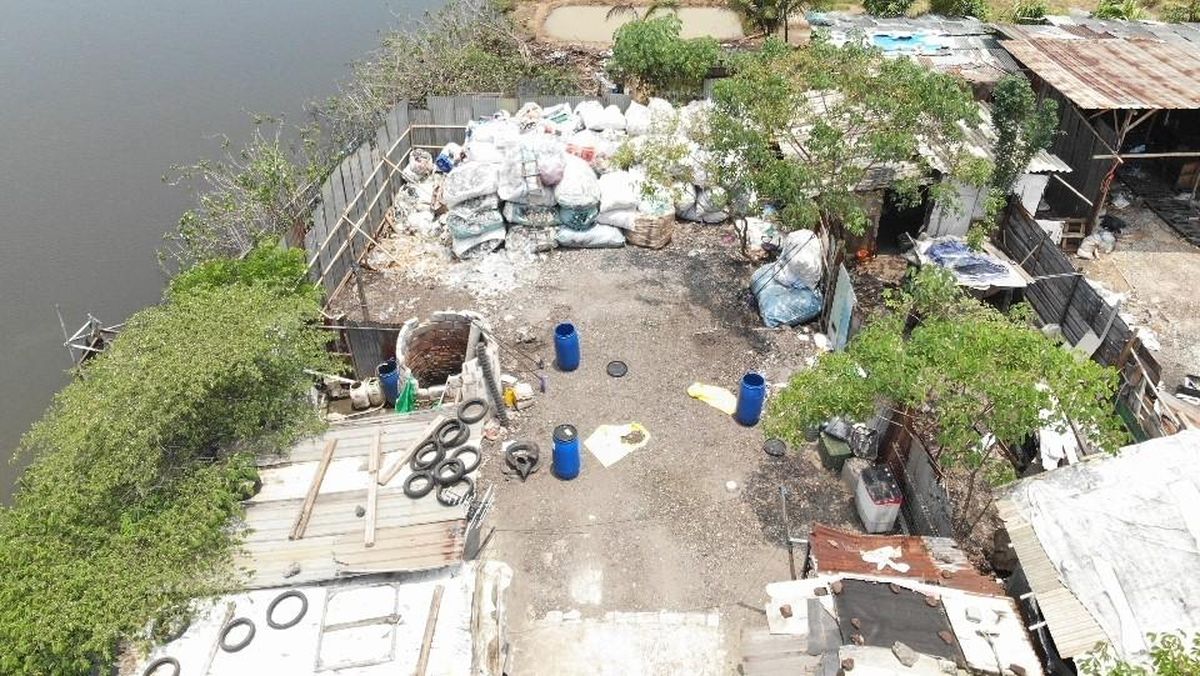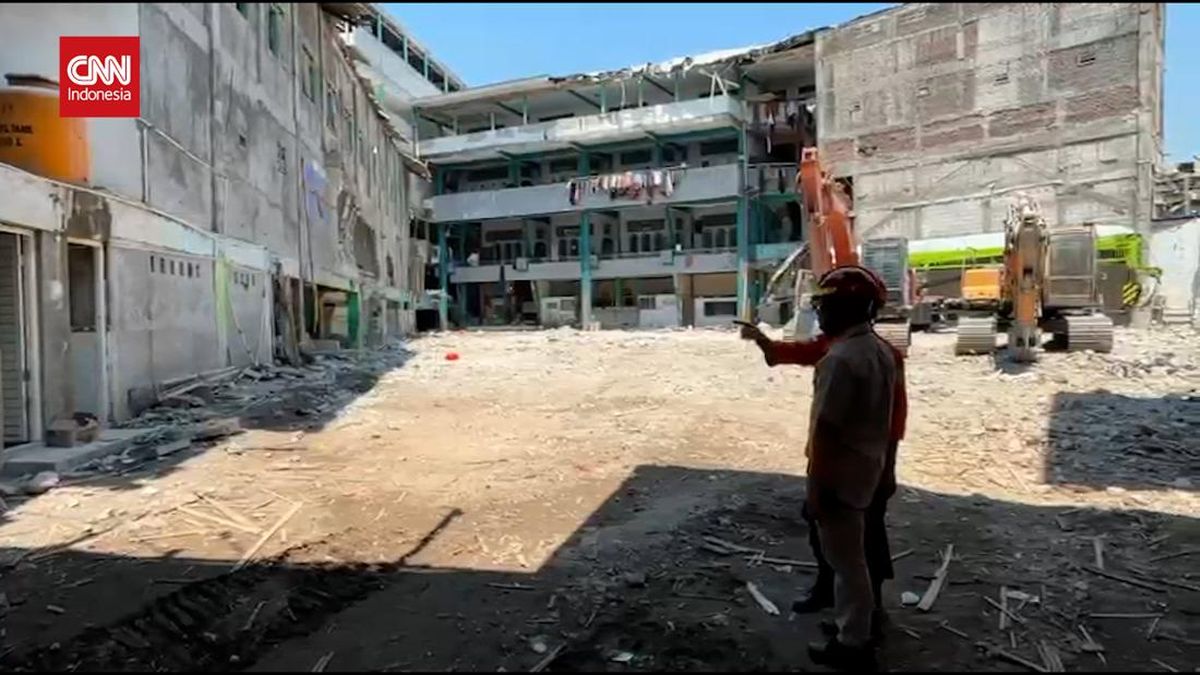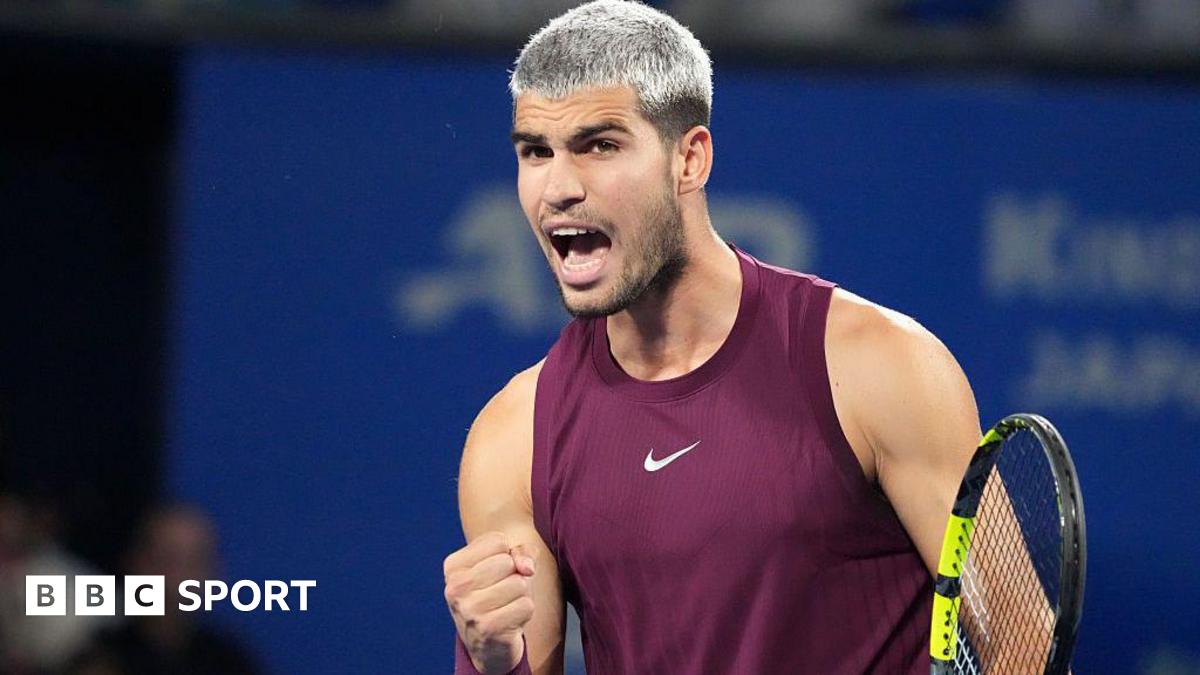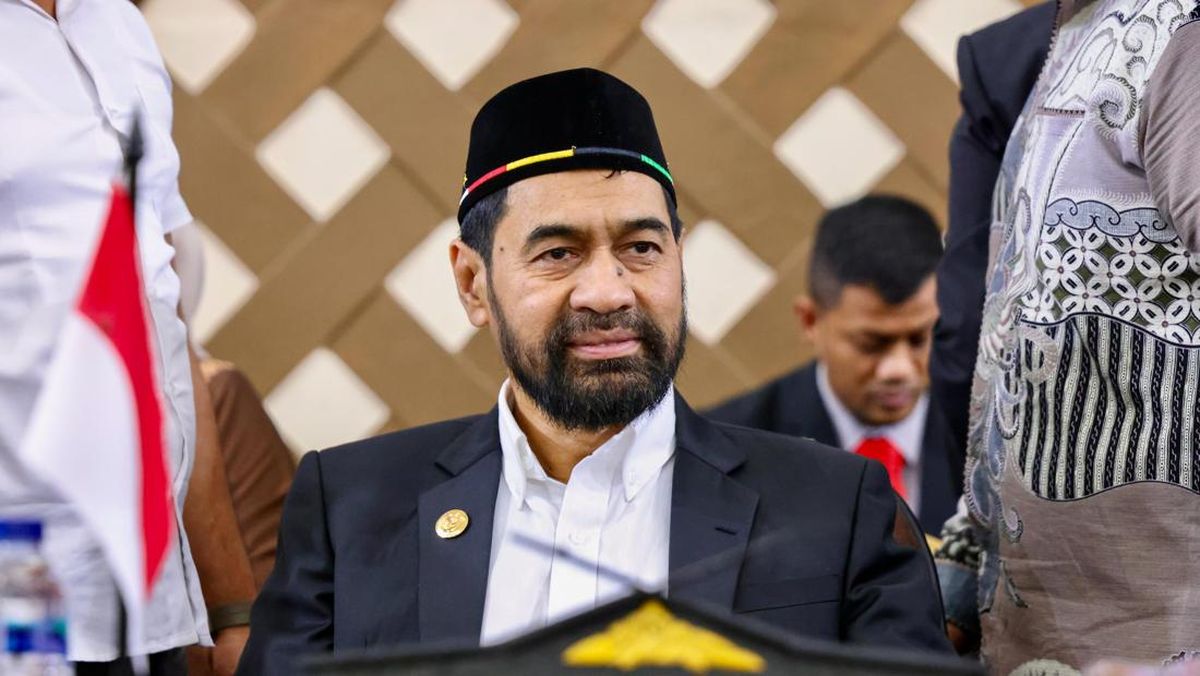Even if the guns fall silent in Ukraine, Russia’s economy may never step off the battlefield.
Years of massive defence outlays have locked the country in a state of militarisation that’s transformed factories and sucked in hundreds of thousands of workers. The surge has helped prevent the economy from shrinking — making retreat perilous.

Vladimir Putin knows the importance of his military to Russia’s economy.Credit: AP
The Kremlin has no intention of pulling back. President Vladimir Putin sees a lasting need for a well-equipped Russian fighting force — something Western leaders fear he could unleash on NATO within five years — and wants to embed the thriving defence industry into his long-term vision.
While he draws up his plans and Europe splashes billions on retooling its armies in response, the question will be what happens to the glut of tanks and missiles Russian factories are churning out.
Loading
Moscow might be able to turn what’s currently a drain on the budget into a viable source of revenue by selling weapons to allies such as China. But as they pile up on NATO’s eastern borders, destabilising relations with Europe, they risk becoming a liability for an economy already grappling with sanctions, a shaky banking system and flagging growth.
Putin was looking beyond the eventual end of the war during a visit last week to Russia’s oldest defence plant, saying that “the demand for modern armed forces won’t end there.”
The ramp-up in Russia’s military output has been staggering. Before its full-scale invasion of Ukraine in 2022, it had planned to deliver about 400 armoured vehicles the following year. It’s now shipping 10 times that.
It’s also innovated, rolling out its own production lines for drones after they became an integral weapon in the conflict. Having initially leant on imports from Iran, it made 1.5 million last year — up from 140,000 in 2023.
The war’s costs, however, have also been huge. Defence outlays between 2022 and 2024 were at least 22 trillion rubles ($US263 billion), according to what official data is available. And expenditure shows no sign of being reined in over the next three years, leading to annual shortfalls in a budget already squeezed by sanctions.
Russia can look to the aftermath of World War II for pointers on how to leverage its expanded military factories: The Soviet Union’s switch to a war footing in 1941 laid the foundations for it to become a top global arms seller once the fighting was over, according to Tatiana Orlova of Oxford Economics.

The ramp-up in Russia’s military output has been staggering.Credit: AP
“The Russia-Ukraine war has become a giant testing ground for new arms and technologies,” she said. After the conflict ends or moves into a frozen stage, “both countries are likely to export the technology and equipment that’s proved most successful.”
“Russia will be unlikely to end militarisation of its economy even in the scenario of ending the war in Ukraine”, said Bloomberg geoeconomics analyst Alex Kokcharov.
Loading
Already the planet’s No. 2 arms supplier behind the US before it attacked Ukraine, Russian sales only sank in recent years as it used what it made in the campaign against its neighbour. Now, there are indications it may be re-emerging.
The defence industry is once again joining arms fairs in India, China, the Middle East and Africa. For the first time in six years, Russian weapons were showcased at exhibitions in Malaysia and Brazil. Offerings span the full range of military equipment. Technology transfers and joint production are also on the table.
State arms exporter Rosoboronexport, which handles about 85 per cent of foreign sales, says pent-up demand has sent its pipeline of orders to a record $US60 billion — providing factories with guaranteed demand and multi-year contracts.
Russia could export $US17 billion to $US19 billion of military kit annually in the first four years after the war in Ukraine, the Centre for Analysis of World Arms Trade estimates, pointing to appetite in the global south, where nations want to avoid reliance on the US.
“Demand for Russian weapons has hardly disappeared,” said Anna Borshchevskaya, a senior fellow at the Washington Institute for Near East Policy. “Officials in the Middle East and North Africa would see even a limited or temporary Ukraine deal as a green light to quickly take advantage of Moscow’s new supply chains.”
One incentive, she says, is price, with the jump in output volumes bringing significant economies of scale that have made some products cheaper than before the invasion.
“Russia will be unlikely to end militarisation of its economy even in the scenario of ending the war in Ukraine.”
Bloomberg geoeconomics analyst Alex KokcharovThe strategy is not without flaws. Rosoboronexport’s order book, despite representing a sizable cushion should government spending be trimmed, is still less than half the annual defence budget. And some potential customers could face pressure from the West, akin to Donald Trump telling India to cease purchases of Russian oil.
What’s more, while military plants will continue operating — providing employment and contributing to economic expansion — layoffs and pay cuts are possible, according to Oxford Economics’s Orlova. Exports won’t generate sufficient demand to keep facilities running around the clock as they do now, she said.
Loading
Putin insists the money Russia has spent on cranking out military kit hasn’t been wasted, and has signalled he grasps the challenge ahead. To help with the transition to come, he’s advocating not only increased arms exports but closer cooperation between defence and civilian enterprises.
So-called dual-use production, in his view, should already be possible for components in sectors such as shipbuilding, aviation, electronics, medical equipment and agriculture.
For Putin, however, the overriding factor in his decision-making will be maintaining a combat-ready military that he can rely on beyond its current mission — meaning Russia’s upgraded production capacity is here to stay.
Bloomberg
Most Viewed in Business
Loading

